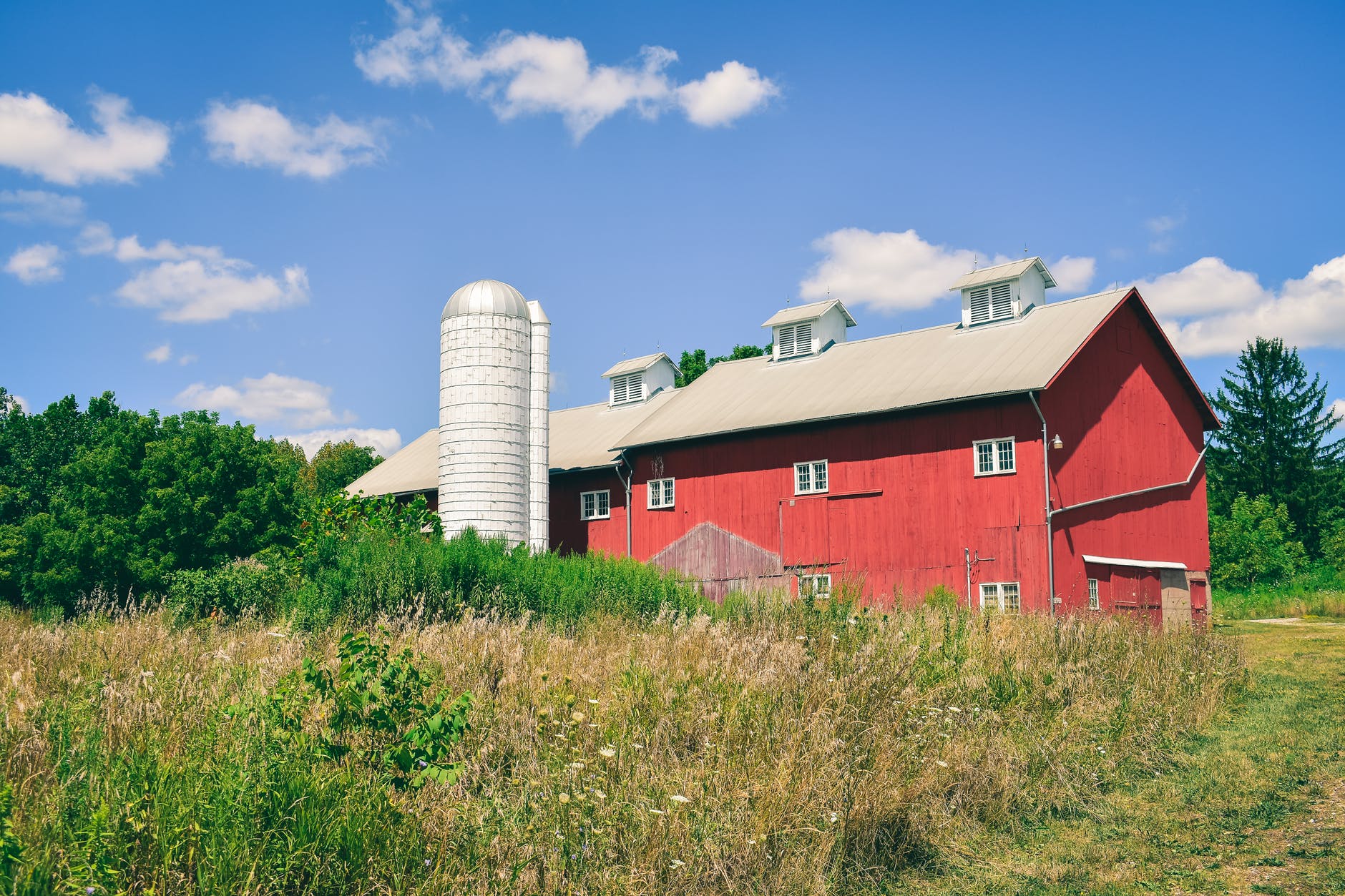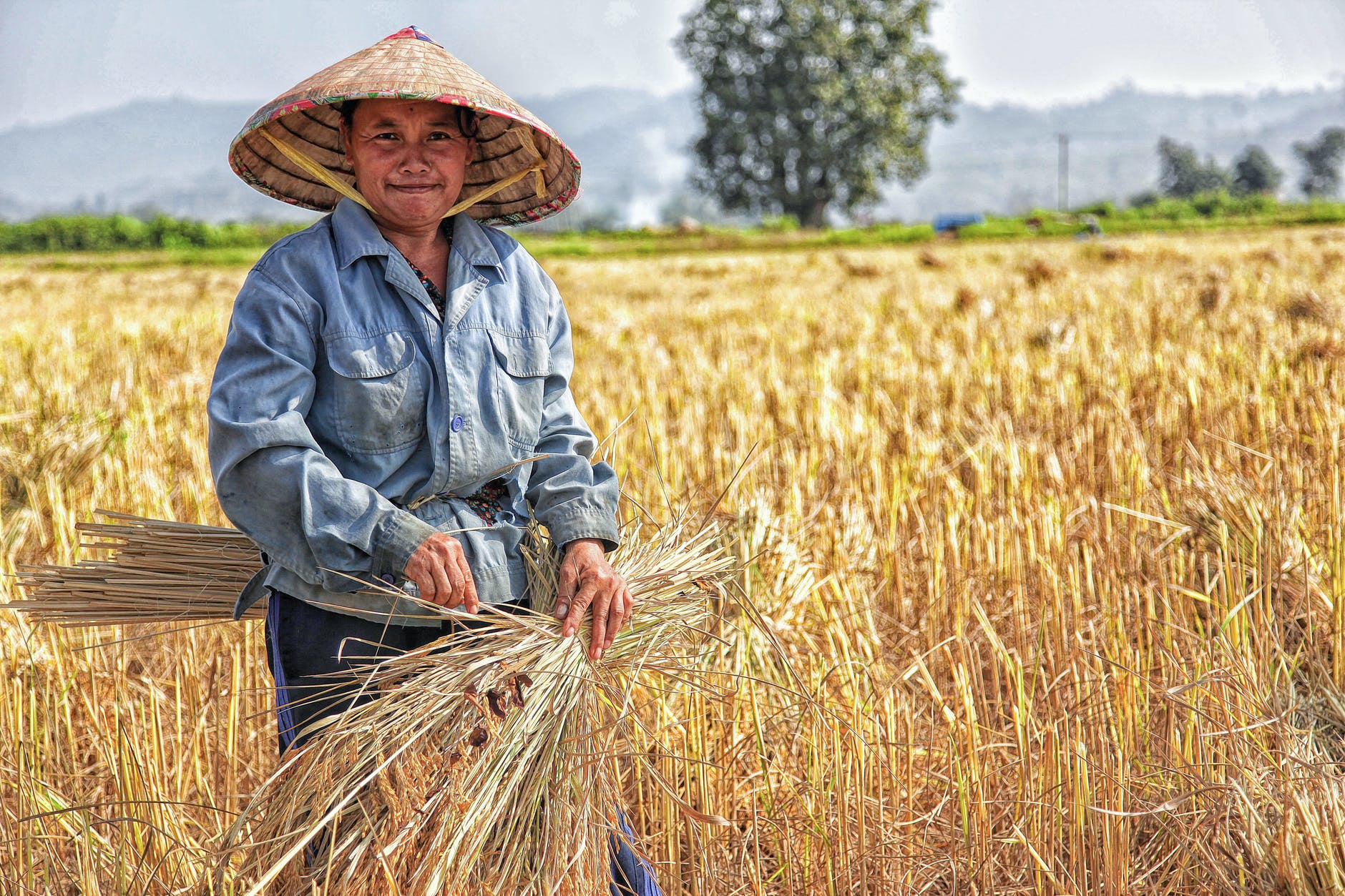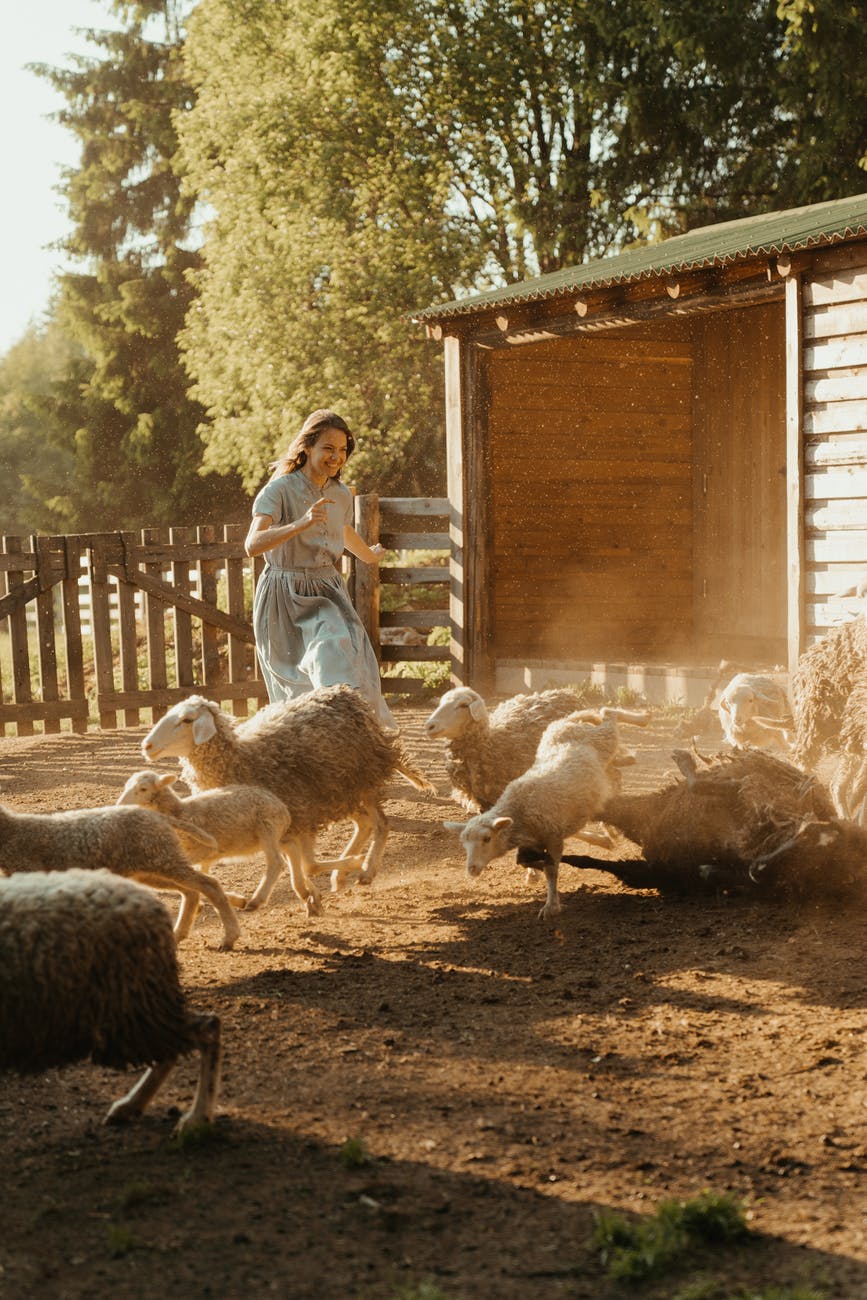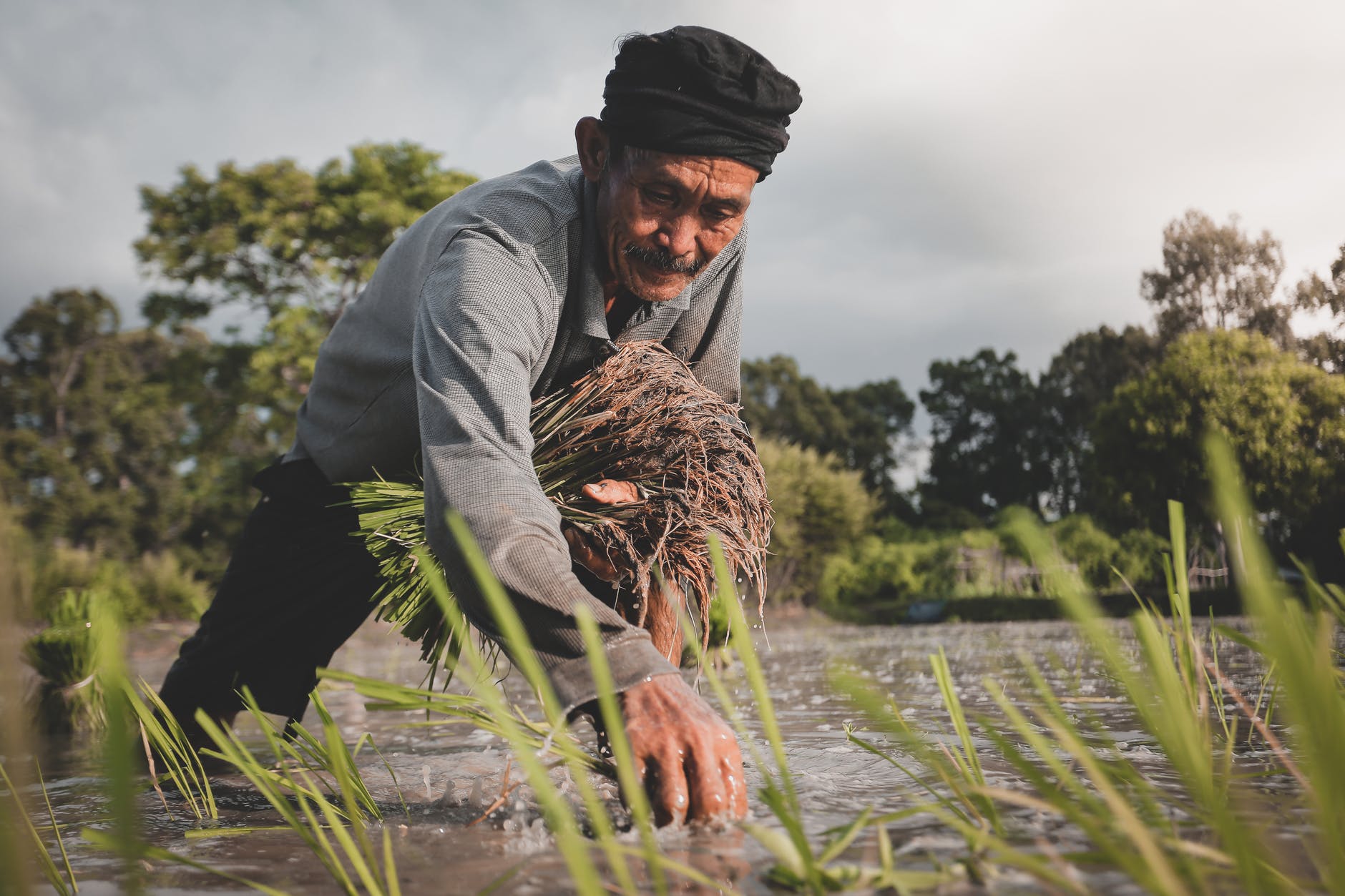A farm is a space of land where animals are raised, and crops are developed as a source of food, fiber, and fuel. Individuals who own and work on the ranch are called farmers. A Farm ordinarily has structures where machinery like farm trucks, tractors, and supplies are put away. A few ranches likewise have structures where animals are housed.
There are various sorts of ranches. Huge corporate farms grow a couple of significant harvests or domesticated animals. Medium and little-sized farms develop various kinds of yields and animals.
Farms in the US
The estimated farms in the US are around 2,023,400 in the year 2019, covering 897,400,000 acres of land. The size of an average farm comprises of 435 acres. Texas is home to most of the farms found in the US, followed by Missouri and Iowa.
Wyoming and Montana have an average farm size of 2000acres, making them the states with the largest farms. At the same time, Rode island has the most significant real estate values in the United States, along with New Jersey and Iowa.
If you are interested in knowing which countries have the most farmland, check out our guide; which countries have the most farmland?
Top 5 privately owned farms with the largest Acreage
Simplot Family 82,500 Farmland acres
In 1967, the Iowa local hit an arrangement with McDonald’s CEO Ray Kroc to supply the inexpensive food chain with frozen French fries.
With that solitary exchange, his Boise-based J.R. Simplot Company went from providing a small number of McDonald’s spuds to preparing the largest part of one of America’s number one extravagances, the commercial French fry.
Simplot’s beneficiaries regulate a $2.5 billion agricultural establishment that has interests in cultivating, farming and steers creation, food preparing, phosphate mining, and manufacturing fertilizers. The Simplots produce wheat, corn, sweet corn, grain, and a huge amount of potatoes.
Boswell family 15,000 Farmland acres
James Boswell, also known as the King of California, assembled dams and redirected waterways. Furthermore, he developed more cotton than anybody envisioned possible.
The Boswell family’s Farm still is the top maker of the extra-long staple Pima cotton that goes into texture mixes and excellent quality clothing. Also, J.G. Boswell Tomato Company values its farm-to-table methodology. Complete control is sustained through various stages of the formation of tomatoes.
Fanjul Family 152,000 Farmland acres
Alt-text: woman picking plants on a field.
Fanjuls own over 200 square miles of farmland in Florida’s Everglades Agricultural Area, producing sugarcane and column crops.
Furthermore, the family owns its sugar factories, sugar treatment facility, and rice plant and works in North America’s biggest biomass power plant.
Offutt Family 190,000 Farmland acres
Offutt Farms is a family-claimed potato cultivating operation situated in Fargo, North Dakota. The organization effectively draws in research groups from the University of Minnesota and North Dakota State University to foster the eco-friendliest practices while keeping up with top-notch crops.
In addition, Offutt’s own RDO Equipment sells and services agriculture, development, ecological, situating surveying, and water system equipment from producers including John Deere, Vermeer, and Topcon.
Stewart Resnick 190,000 Farmland acres
During the 1970s, he purchased 2,500 sections of land that were being fire-sealed. This land consisted of oranges and lemons in Kern County.
Today, the couple’s $4 billion Wonderful Company produces scores of top-caliber, healthy items, for example, Wonderful Halos Mandarins, Wonderful Almonds, and POM Wonderful 100% Pomegranate Juice on their sections of land in California and Texas. The Resnicks’ FIJI Water is also packaged on the island of Viti Levu.
Family Farms in the US
Alt-text: A woman standing beside a herd of sheep.
The majority of ranches and farms in the United States are claimed and managed by families. Family farms can be described as any ranch coordinated as sole ownership, association, or family organization.
Nearly 96 percent of the 2,204,792 farms in the United States are family-owned. Family farms can be further distinguished into three different categories based on their gross annual sales.
Extremely large family farms gross over $500,000
Large family farms gross over $250,000
small family farms gross under $250,000
A farm’s physical size has nothing to do with classifying farms as small, large, and extremely large as it solely depends on their gross annual sales.
The vast majority of the U.S. farm creation of food and fiber comes from a few huge tasks and operations.
Large and extremely Large family cultivates produce more than 63% of the worth of all items sold. In comparison, non-family cultivates produce roughly 21%, and the almost 2 million small ranches that deal under $250,000 produce around 15%.
Several interlinked issues should be viewed while discussing the drawn-out reasonability of the country’s family farms.
An expected 70 percent of U.S. farmland will change in the following 20 years, yet numerous family operations don’t have the skilled next generation to support the cultivating business. They inherited no skills from the past generation as they are more inclined towards jobs outside of farming.
If a farm family has not sufficiently made progress arrangements, it will probably leave the business, be assimilated into ever-bigger cultivating neighbors, or be changed over to non-farm employment.
Traditional cash crops in US farms
Following crops prove to be rich in yield and profitable in the long run.
Rice, wheat, maize, and soybeans: On a worldwide scale, rice, maize, and wheat are the most important and main income producers.
In America, corn and soybean are at the highest point of the pack, acquiring around an aggregate of $50 billion each.
Sugarcane: In Florida, sugarcane is so productive, they call the dirt it cultivates in the dark gold. Florida alone creates the greater part of sugarcane creation in the United States, representing $515 million.
Cotton: In different pieces of the South, cotton is as yet one of the most productive money crops, adding to various enterprises past agriculture business that is for styling textiles, clinical and home stylistic theme.
These are only a portion of the major and most notable, high benefit cash crops in America. However, there are a lot of one-of-a-kinds, under-the-radar cash crops that have genuine procuring potential.
Conclusion
American farming and country life went through a considerable change in the twentieth century.
Agriculture was labor concentrated in the mid-twentieth century, and it occurred on some small enhanced farms in provincial regions where the greater part of the U.S. populace lived. On the other hand, agriculture creation in the 21st century focuses on large farms, particularly ranches in country regions with a lesser population.






